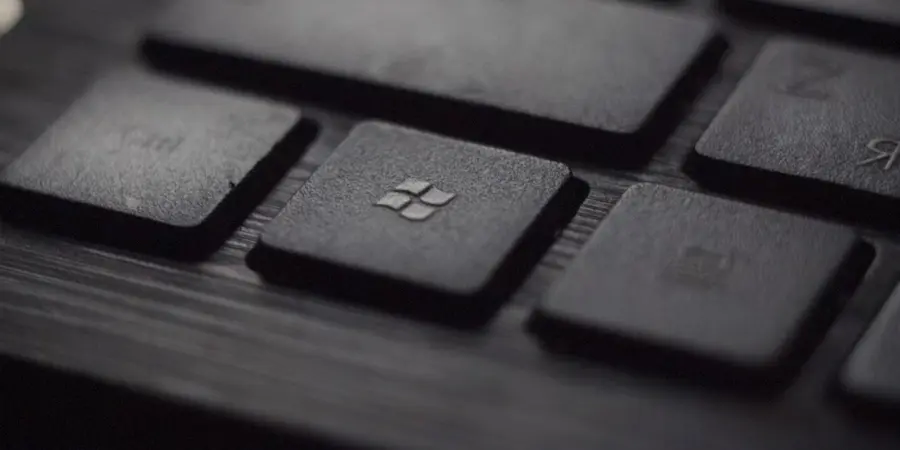Is that newly installed game stuttering even though you have a powerful processor and a good amount of RAM? If raising the graphics settings causes textures to load in fits and starts and the experience becomes uneven, its very possible the bottleneck isnt the CPU or system memory but your graphics card’s VRAM. In Windows 11 you can check how much video memory you have natively and in seconds, which will help you understand whether your GPU is ready for the task or whether you should adjust your expectations.
What VRAM is and why it matters
VRAM (Video RAM) is the dedicated memory the GPU uses to process and store visual data; in other words, it’s the workspace where textures, buffers and all those elements that allow smooth on-screen rendering are loaded. When you play games, edit 4K video or work with 3D models, the amount of available VRAM directly affects texture sharpness, frame stability and how quickly content previews, so if it runs out the system starts stuttering and visual load times increase.
This explains why a machine with lots of RAM and a modern processor can “choke” if VRAM is limited: system memory doesn’t replace video memory, since the GPU needs its own dedicated space. In fact, a specific setting like texture detail often consumes a large part of VRAM, and that’s where the difference between playing smoothly or struggling with pauses is decided. It doesn’t matter whether you use an NVIDIA GeForce or an AMD Radeon: the behavior is the same because the bottleneck is in the graphics memory and in how applications, through APIs like DirectX, manage those resources.
Method 1: from Windows 11 Settings
Windows 11 offers a clear shortcut from its Settings panel to see the VRAM reported by your primary display adapter. Follow these steps:
- Right-click the Start button on the taskbar and open “Settings”.
- Go into “System” and then “Display”.
- In the Display section, click “Display adapter properties for Display 1”.
- A window will open with the adapter information; in the information section you will see the Dedicated Memory, that is, the available VRAM.
This method is perfect if you want a quick read directly from the system interface, without installing anything or digging through advanced menus. Also, being integrated in the Display section makes it very convenient when you’re adjusting resolution or scaling and want to check on the fly whether the amount of video memory matches the graphics profile you plan to use. See a VRAM value that seems short for your goals? Then you know it’s wise to moderate the most memory-hungry options, starting with textures and filters.

Method 2: with the DirectX Diagnostic Tool (DxDiag)
Another equally reliable route is DxDiag, the DirectX diagnostic tool included with Windows. In seconds it shows the display memory your GPU handles:
- Press Windows + R, type “dxdiag” and press Enter.
- In the window that appears, switch to the “Display” tab.
- Locate the “Display Memory (VRAM)” value to see how much is assigned to your graphics adapter.
DxDiag is especially useful if you want a concise view of the graphics hardware and the DirectX runtime environment, all in one place. Once you know the value, you can make informed decisions: if games stutter or video editor previews hitch, you might be at the limit of your VRAM; in that case, reducing texture quality, lowering the resolution of clips you work with in editing or, when appropriate, considering a GPU with more memory are sensible measures.
In short, checking how much VRAM you have isn’t just a curious stat for specification fans; it’s a key diagnostic tool to avoid disappointment and tune your experience. With the two native Windows 11 methods 6Settings and DxDiag 7 you can instantly know if your card is ready for what you ask of it and act accordingly: lower some graphics settings, better organize workloads or, when it’s time, upgrade to a graphics card with more video memory. Your PC (and your frames per second) will thank you.
.


